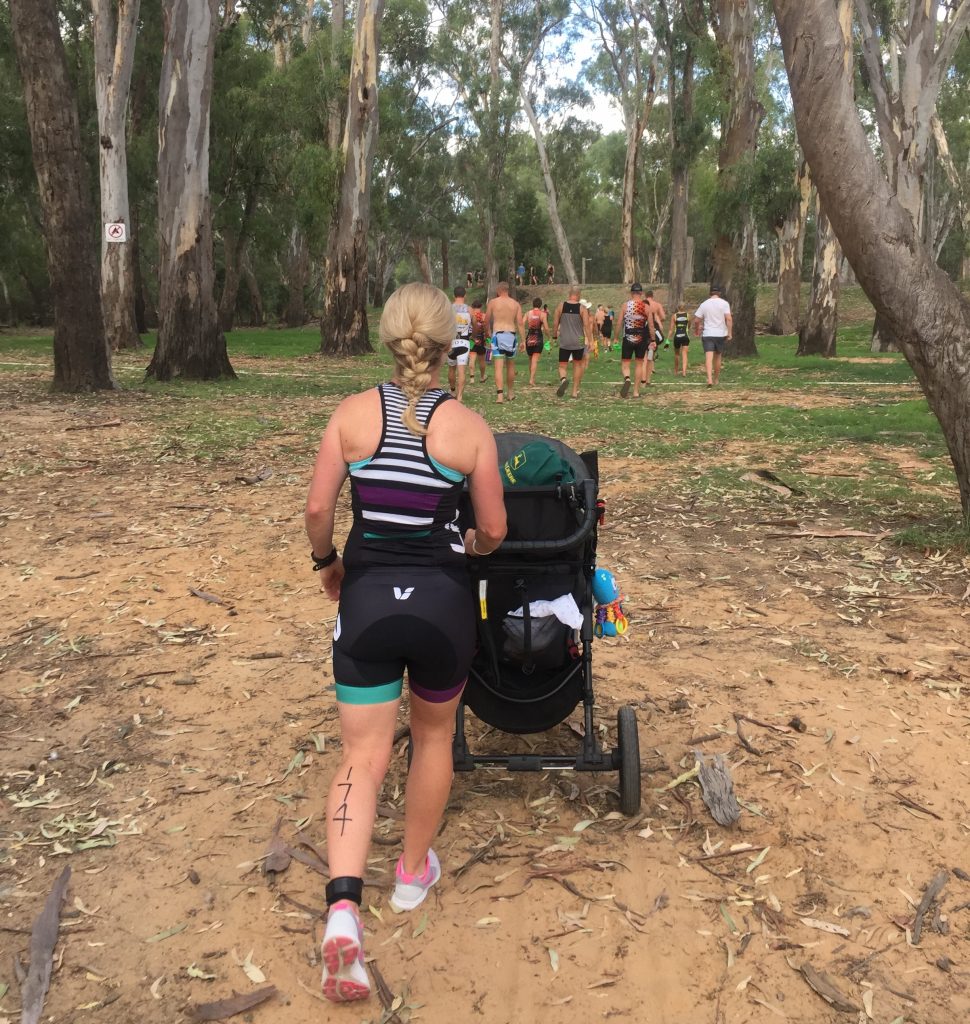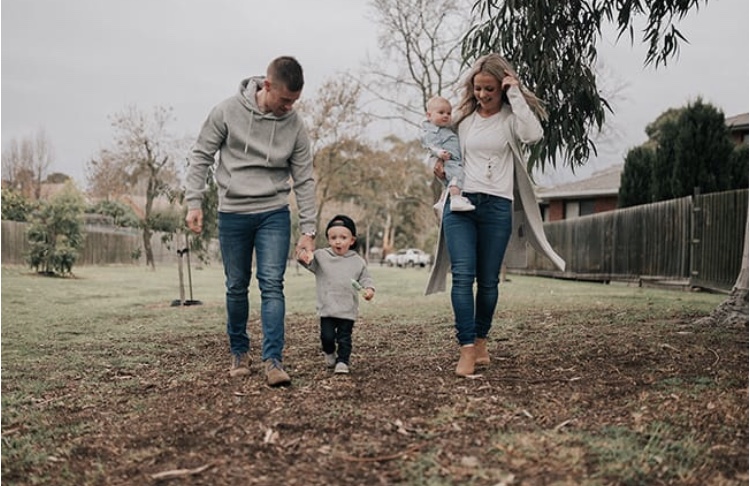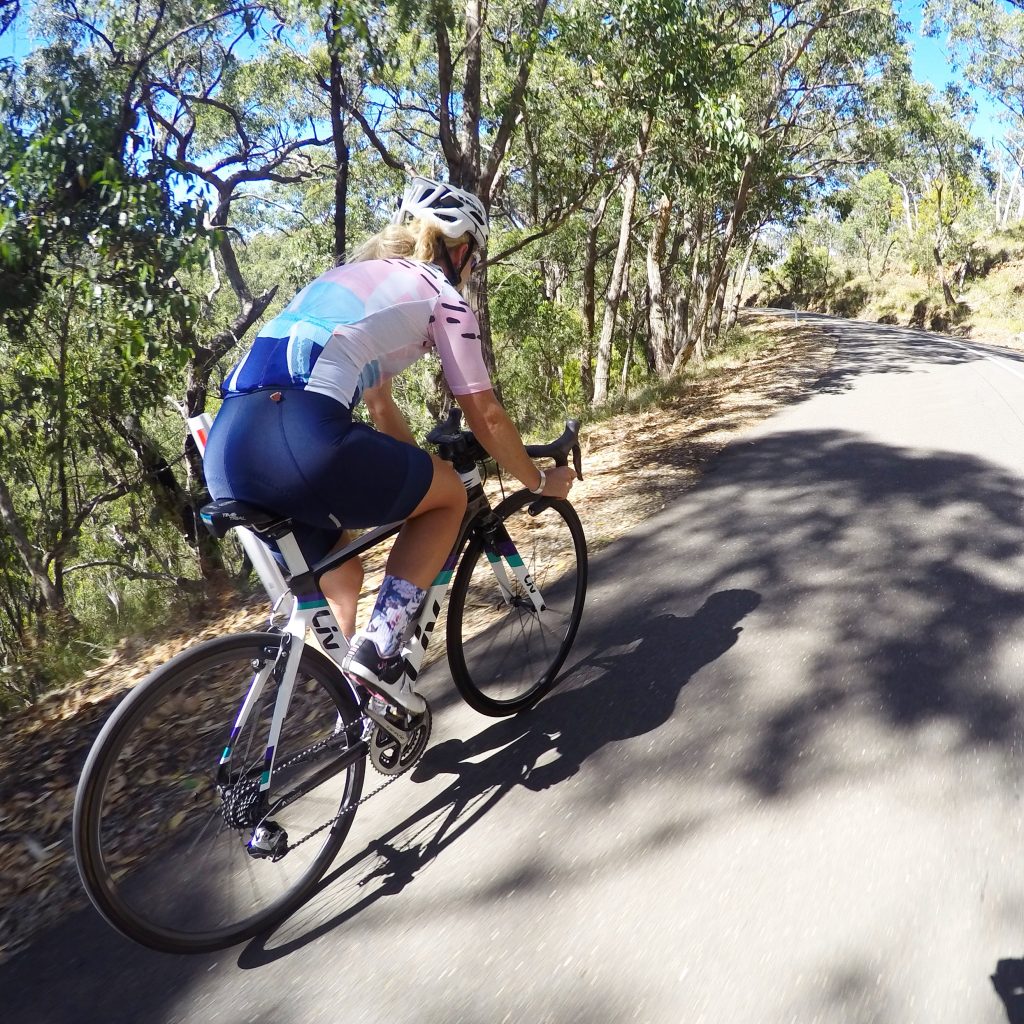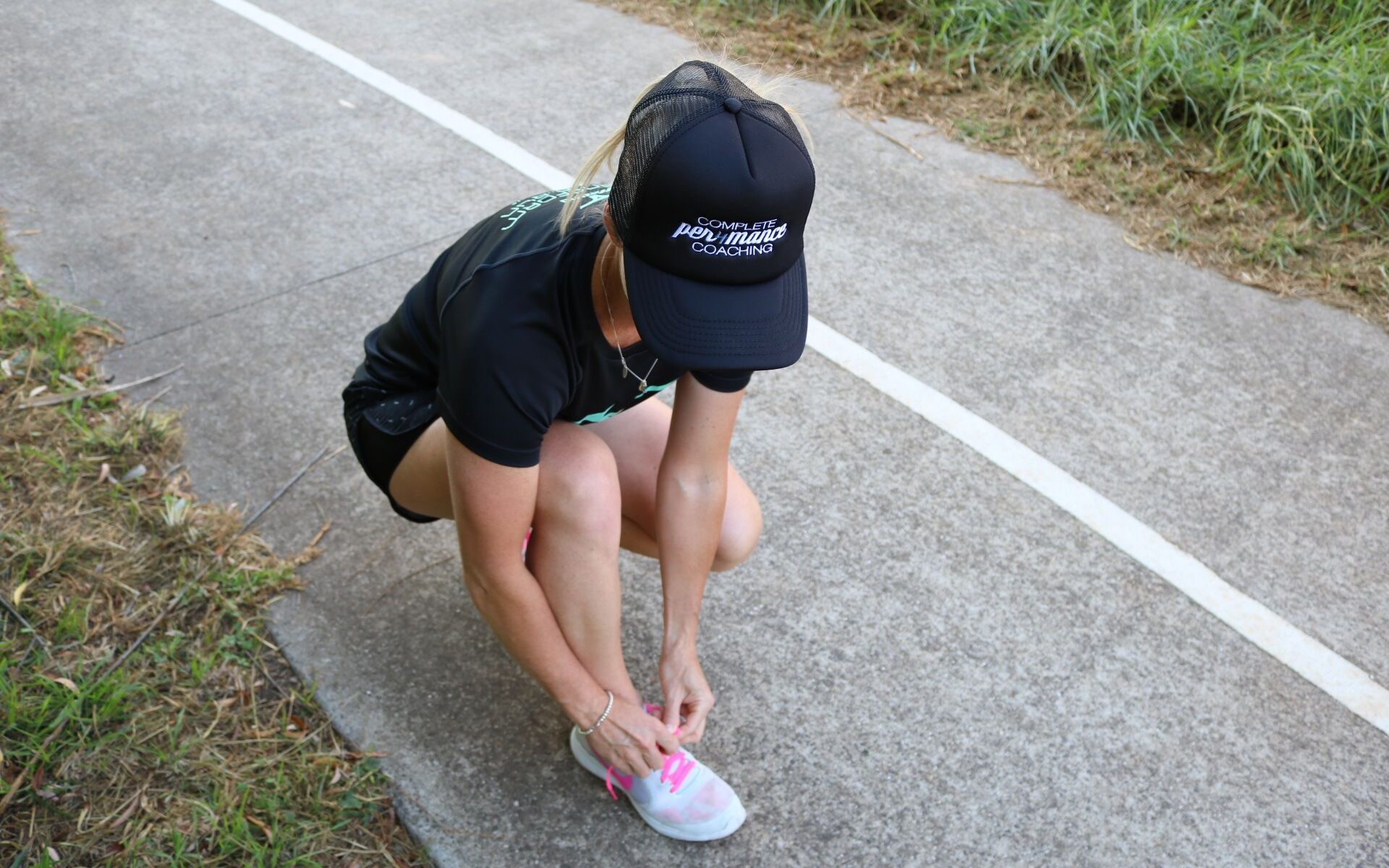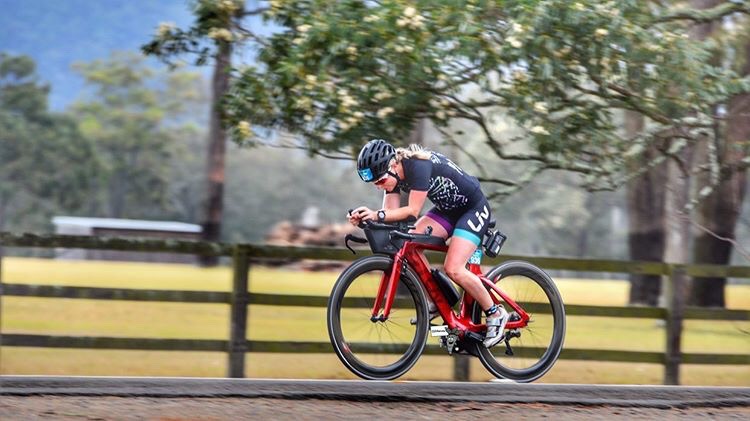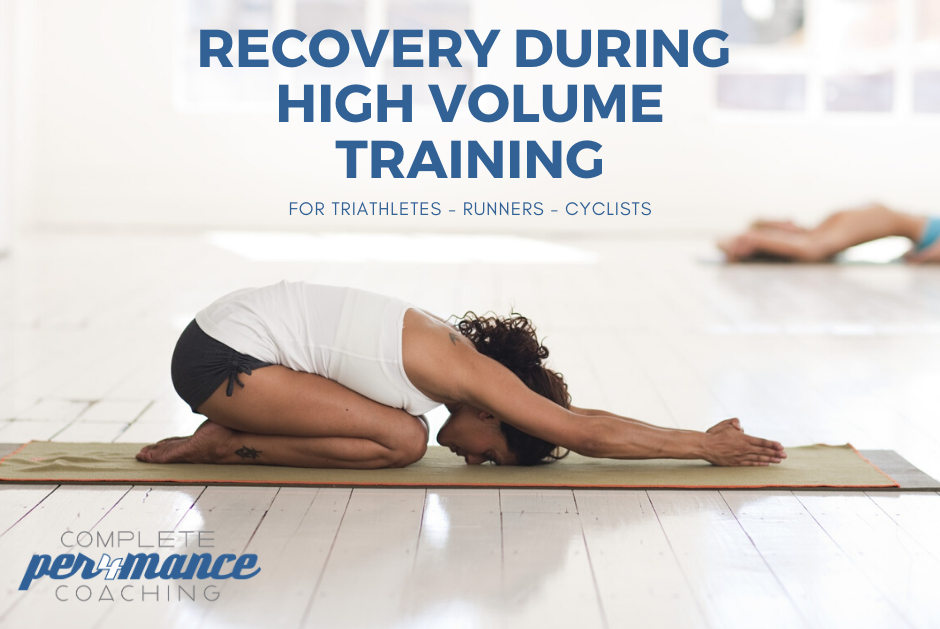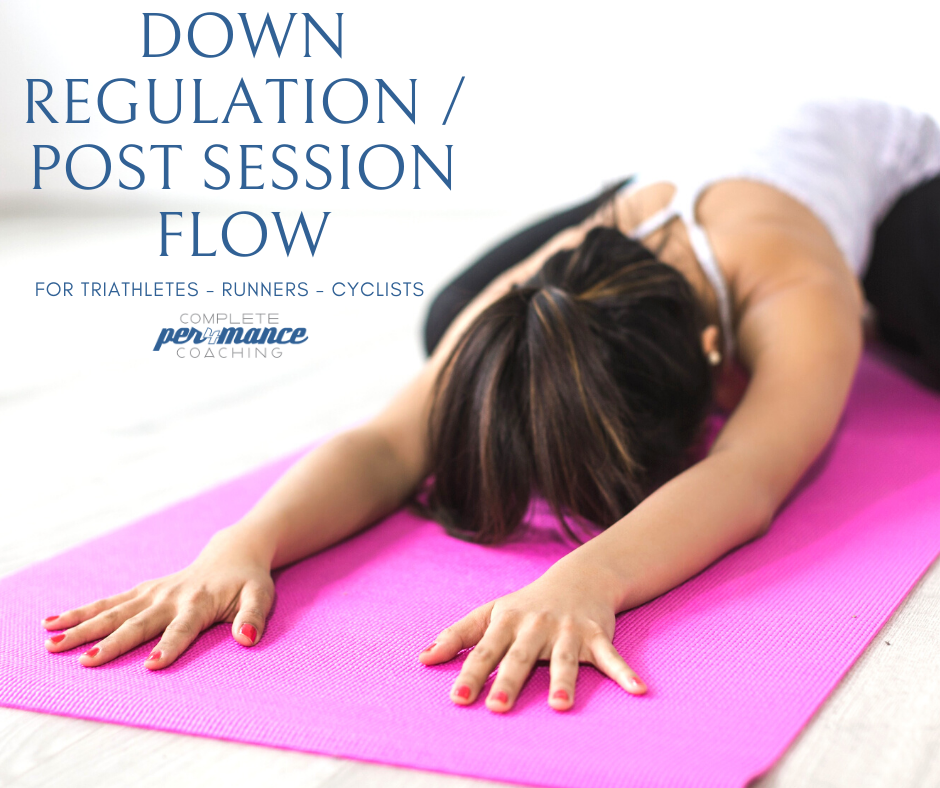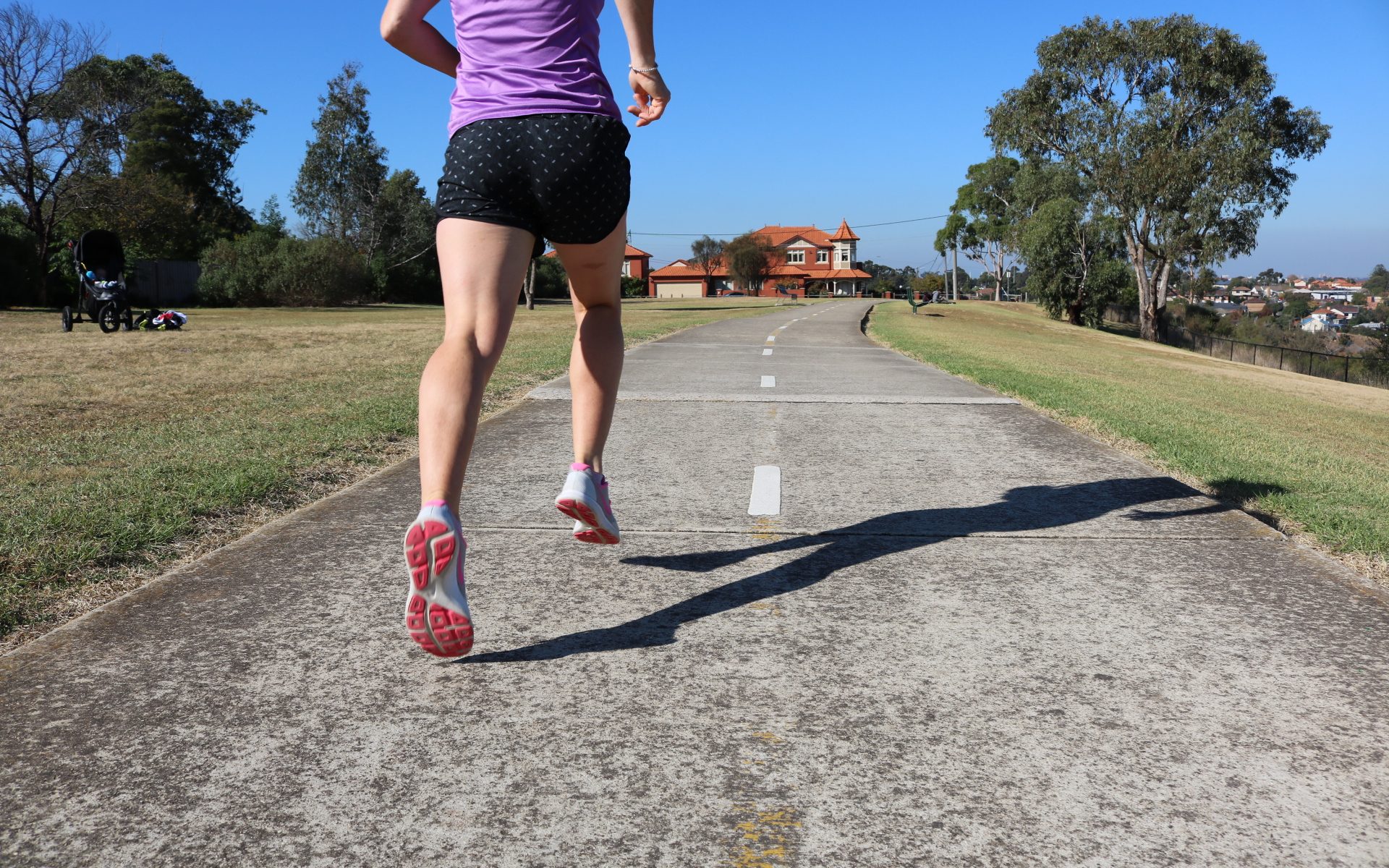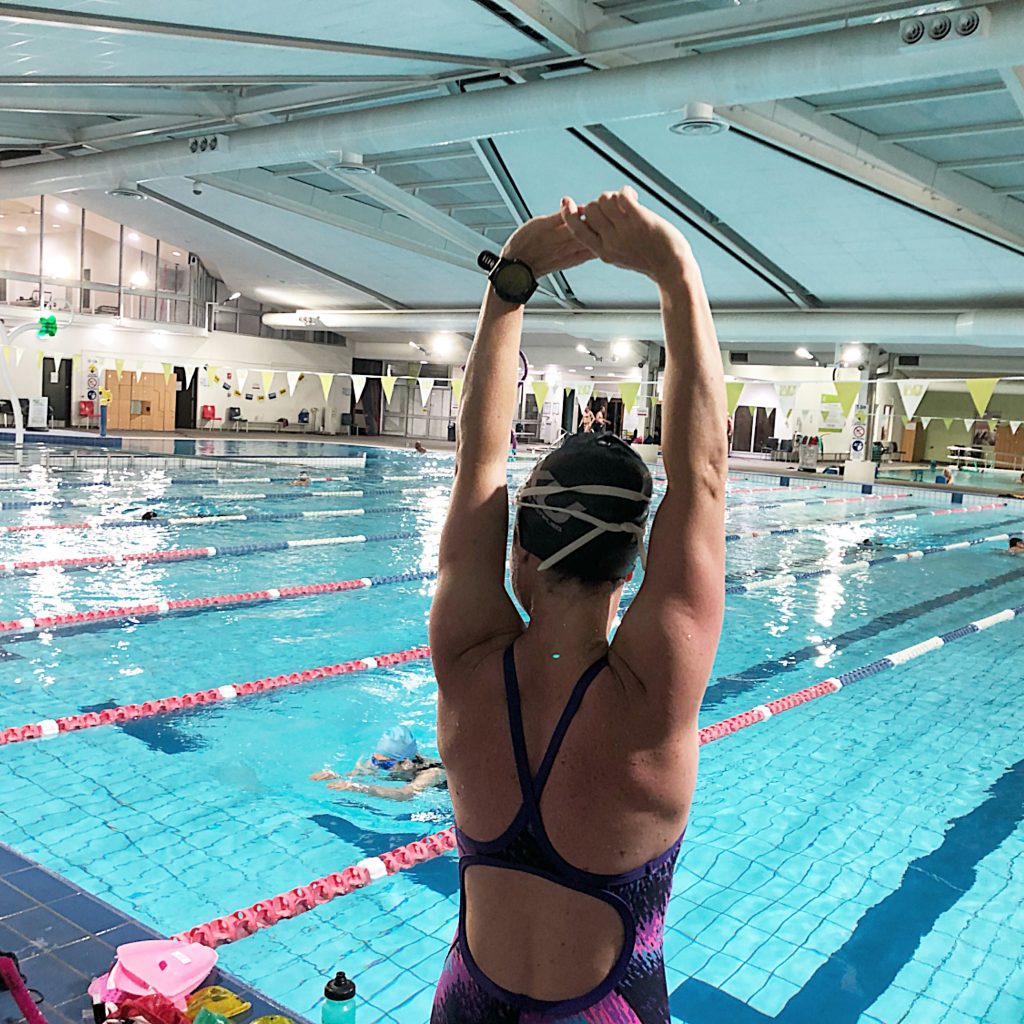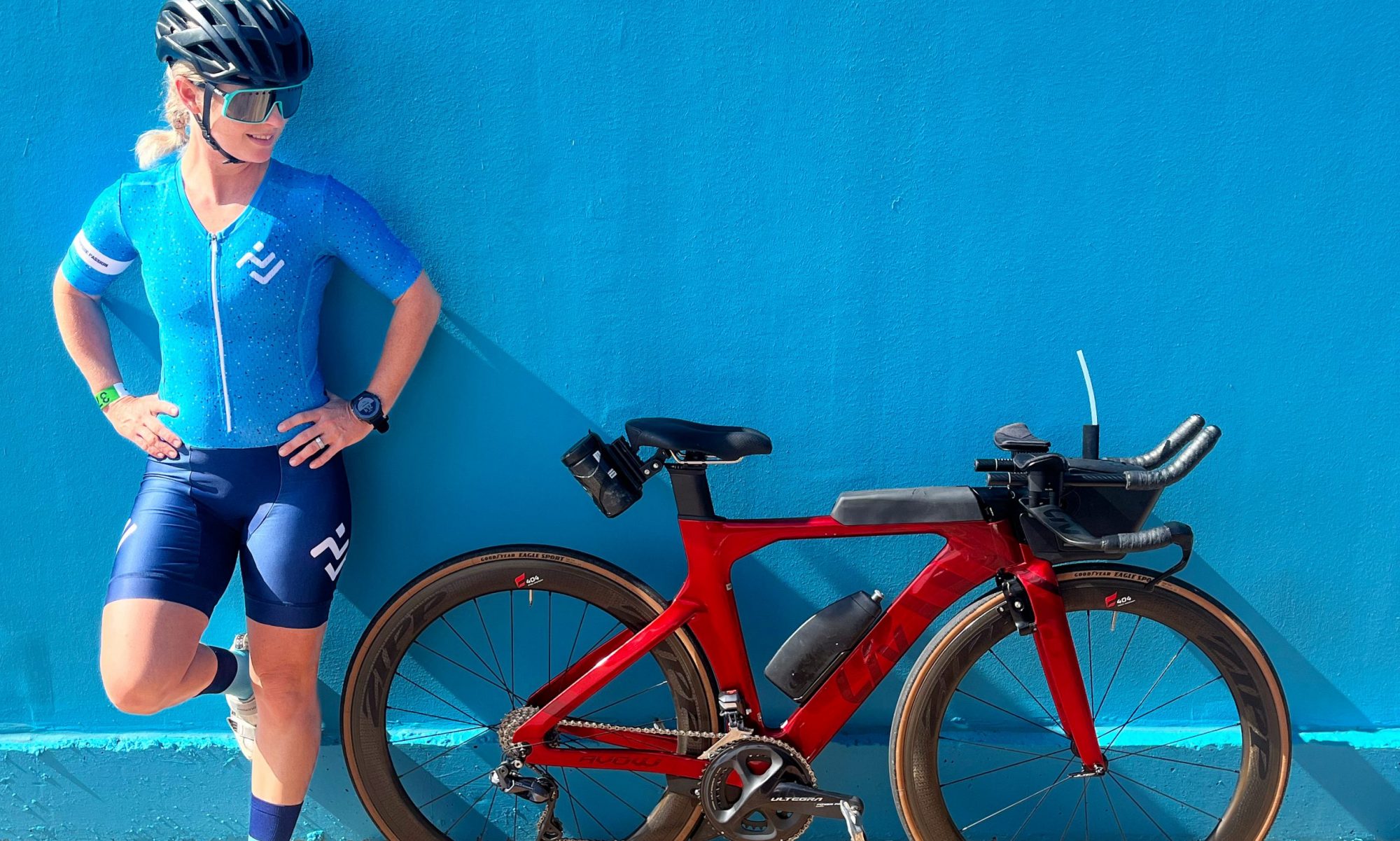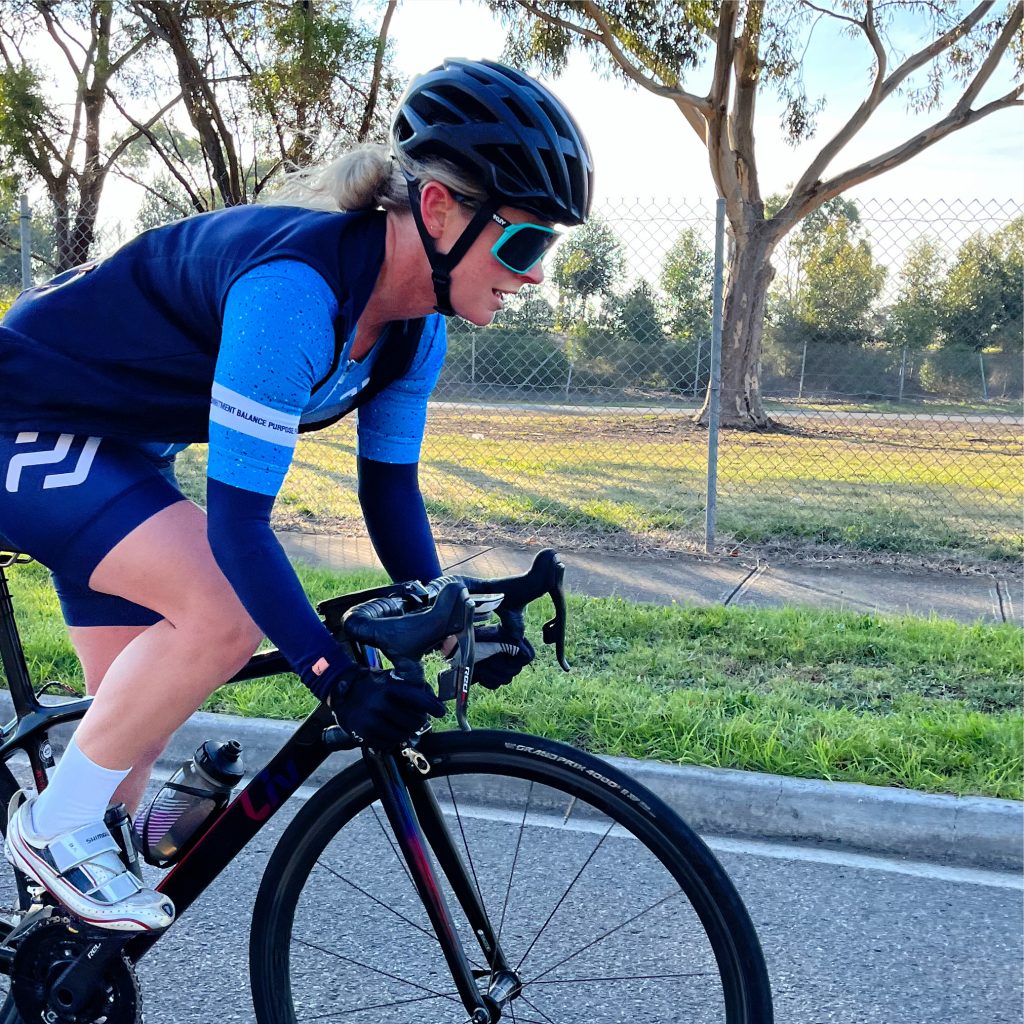The whole balancing act of training, being a mum, a wife, a coach, a friend, a sister, a daughter… it is tough at times. I am not going to lie. There is a delicate balancing act happening, and sometimes it feels like something is going to give – and sometimes it does!
As mothers / parents, we have multiple roles and it’s a juggling act. And it can be hard juggling them all. It’s like a delicate dance – trying to dance through the many and varied roles that now come with the title as a mum. Not only are we a mum/parent, but we are nurses, we are sleep experts, nutritionists, psychologists, we’re teachers of our little beings. On top of this, providing endless amounts of nurturing, love and care. This all simply comes as part of the role of being a mother/parent.
BUT- at the same time as we entered motherhood, our other roles in life didn’t just stop. Most of us still have the role of wife/partner, we’re still a daughter, friend, sister…. And not to mention our actual work – the one that pays us and the bills! Add on top of that also wanting to still be an endurance athlete, and suddenly you may just wonder – how is this even possible? Somehow we are meant to fulfill all of these aspects of being a mum while still keeping up with the other roles and demands in our lives.
So the question becomes – how? How do we do the delicate dance? How do we be a mum, manage our personal relationships and life, return to paid employment AND be an endurance athlete? For some this may seem like far too much and so some things are needed to be dropped, and that often means our ‘me time’. Not just being able to take your own time to train, but some even forgoing things like getting a massage, getting their hair done (or even just doing your hair in the morning!), doing a spot of shopping – something purely for us. It can be a real source of angst. And a source of guilt… Doing something for YOU when everyone else wants a piece if you also.
So why is it we find it so hard to put ourselves first? And HOW do we literally find the time to do everything? Especially if you have the innate personality to strive for perfection? How do we distinguish between one role ending and another one starting? How do we balance it all without feeling like we are simply rushing between one to another without being able to take a breath? It can be overwhelming. And even more so now in the times we currently find ourselves in when even more responsibility is put upon us. (home schooling?! gah!) Who of us has the extra time to ‘learn a new skills/craft/art with your spare time‘ that’s been touted on social media??!’. And so, unfortunately for some, the parts we end up putting to the side are ourselves. It’s all give, give, give – to others, not to ourselves. (also sound familiar?)
If you sat down and wrote down your life stressors, what would that list look like? What’s your stress gauge look like? Kids, school work, your own work, financial stress, managing the home/cleaning/cooking, relationships…. that’s before we even add anything else in for ourselves. This can show that for a lot of people right now, that baseline of ‘stress’ can sit quite high, without even trying – or without even realising…
Think of it as holding a cup of coffee. If that cup is nearly full and you are rushing around with it, it doesn’t take much to spill over – and that, mumma, is your stress response. So just like this cup of coffee, when we are in a high stress state, we tend to overreact to certain things, we are less likely to find practical solutions to our daily problems, and therefore we are also less likely to see a way out.
But the good news is – there is a way out. There is a way to find that balance again, for motherhood to be manageable and most importantly – fulfilling and FUN! You want to either find a bigger cup (ie allow more room) or reduce the amount of coffee (reduce the stress) so that you can deal with stress far better so that ‘dance’ is an enjoyable one. Here are some practical tips that can help – even if you aren’t a mother / parent!
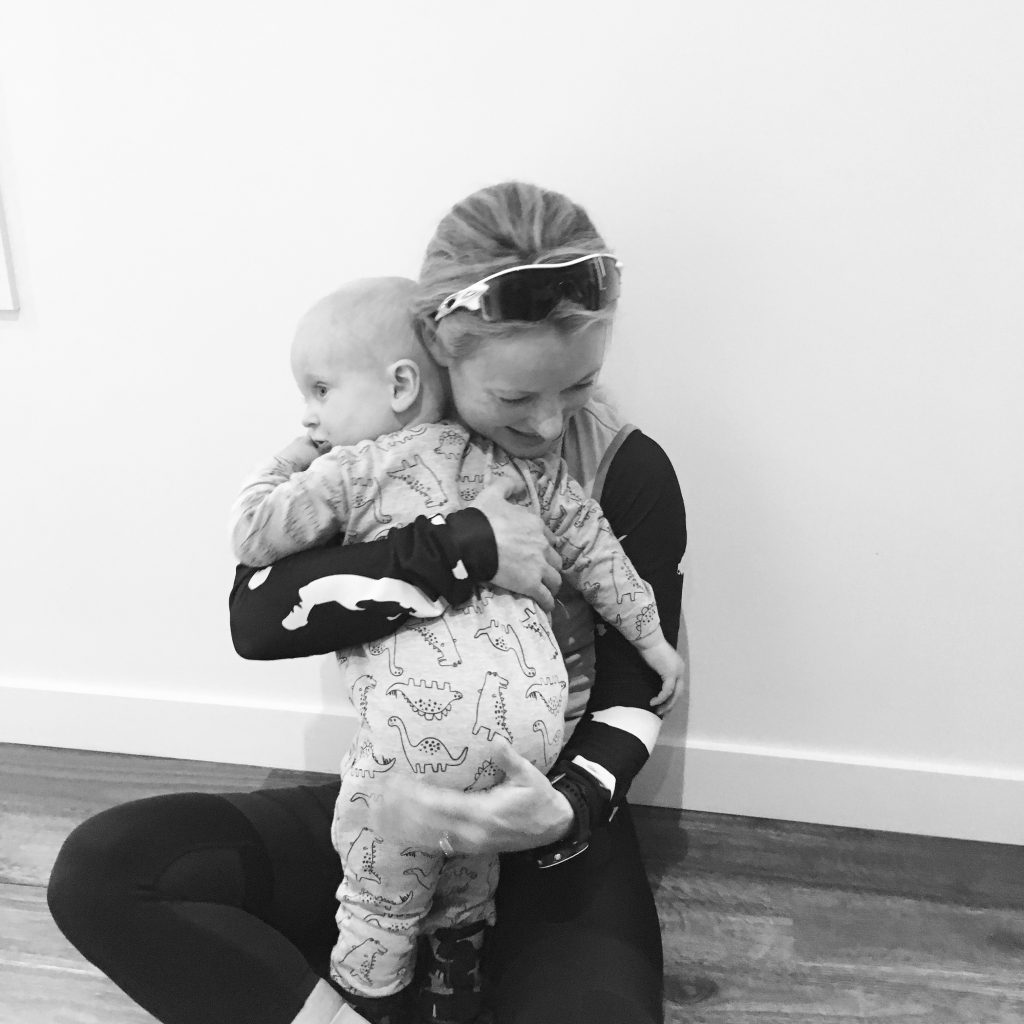
FIRST UP– acknowledge what it means to be a mum / dad / parent. Don’t undervalue the importance of this role and what it entails. I find if we start to minimise it, we can fail to see that we might actually need some help and/or support. “ohh I should be able to do it all” you may even tell yourself. Do you remember when you got that new job, or promotion, big deal hey! It can be hard learning something new, but we give ourselves some leeway (and so do our bosses) as we are learning something new. We ask questions, we ask for help, so we can learn and get through. Well guess what, motherhood / parenthood is no different. We are always learning something new! So think of yourself as getting a promotion every year, (heck every month!) and be kind and allow yourself to adjust to your new and all important role. So when you are finding it draining or challenging, be kind to yourself so you don’t become overwhelmed. And show yourself some kindness and compassion – you deserve it.
SECOND – lets start to manage our own expectations and stop striving for perfection. Of course we all want to be the best mum we can be, but that doesn’t mean being the ‘perfect’ mum. It is inevitable that we will make mistakes, there is no right or wrong way of doing this ‘job’. You are creating your own path for your family. So to do this, it’s time to stop the comparisons. It’s totally human to compare ourselves to others, but at times it can be really unhelpful. What you are seeing on social media is NOT an accurate portrayal of reality. Far from it. And deep down you know it. We all do it, we show the ‘good bits’, the snippets where the kids are playing happily together, when they are sleeping peacefully, taking their first steps, or painting the most adorable picture. But remember the behind the scenes? The fighting, the crying, the wake ups at night, the tantrums in getting dressed… So make sure you realise that if you are ‘filtering’, then others are doing the same too.
Also consider your own social media use. do you feel uplifted when you scroll online? If not, maybe consider who it is you are following. Only follow those that make you feel good. Or maybe consider getting rid of it for a while – no you will NOT miss out on ANYTHING important. Trust me! 😉 And don’t forget – someone else success does not invariably mean your failure. If someone else is having a parenting or life ‘win’ or hitting a PB, or nailed a key session, that is great! But it doesn’t mean that you are failing.
THIRD– prioritise. What do you really need to get done. (as compared to want). Spend some time on your weekends to make a list of your priorities for the week and rate from 1-5. When considering the importance of the task, ask yourself – will this make a difference to OUR WELLBEING? Is it important / needed to be done this week? Like, REALLY?Remember – making time for yourself and your own physical and mental health should always score a 5. 😉 Now, set about planning out your week with your priorities listed first and foremost. Oh and a little note: productivity is NOT the same as time management. Productivity is about doing the right/valuable things with the available time you have.
FOURTH – once you have established your priorities for the week, and you still can’t see how you will fit the ‘key priorities in’ then ask for help. Outsource. Delegate. Not everything has to be done by you. You are not a machine. You do not need to do it all. Stop trying to be a ‘super-mum’ and you most definitely do not need to be perfect. Be realistic. Empower others to help take the reins. Can someone else come and do some cleaning or washing? Can you buy in some pre made meals? Does your hubby/partner need to take some slack? Every part of our lives can be outsourced if we see value in doing it. That does NOT mean you are failing. The most successful people delegate and outsource…
FIFTH– be flexible. Have a plan. But be flexible with it. Have some wiggle room. Don’t be so rigid that if things don’t go to plan, or you don’t get that one thing done that all hell breaks loose. Schedule in the training, the YOU time, the down time (these are so important!) And go down your list, get rid of or move the ‘should do’s and only schedule the ‘must do’s. The rest can wait.
SIXTH – quality over quantity. Just as we say in training. Don’t just do something for the sake of it. Have a purpose and meaning behind it. The same goes with parenting. When you are engaged with our kids, make it meaningful. When you are engaged in your training, make it purposeful. So keep this in mind when setting your weekly routine, you do not always have to be physically present, but when you do schedule in family time or training time, put away the phone. Have meaningful and purposeful engagement with the task at hand – especially with your little ones. This will help with the dreaded ‘mum guilt’ when you need to engage in other ‘non child’ related tasks – including your training.
FINALLY – take the time to enjoy the ‘dance’. When we are always rushing around from one thing to another, when we have our head down, bogged down, striving for perfection, we forget to have FUN! We forget to simply ENJOY. And we often lose sight of what is really important. And by now, we should all really know what is important in life – you don’t need me to remind you. 😉
So once we learn to let go of unrealistic expectations, we realise that we cannot (and shouldn’t!) do it all. That delegating or outsourcing is not failing, that social media is not ‘whole’ life, that flexibility is ok… everything inadvertently becomes easier.
Soo… what do you need to prioritise and what do you need to let go of so you can enjoy the dance?….
REMEMBER: You can DO anything, but not EVERYTHING.
————————————————————————
If this resonated with you, you may also like to read some of my other blogs:
The juggle and real life struggle of a working triathlete mum
My I DON’T list
The added challenge of racing as a triathlete MUM
